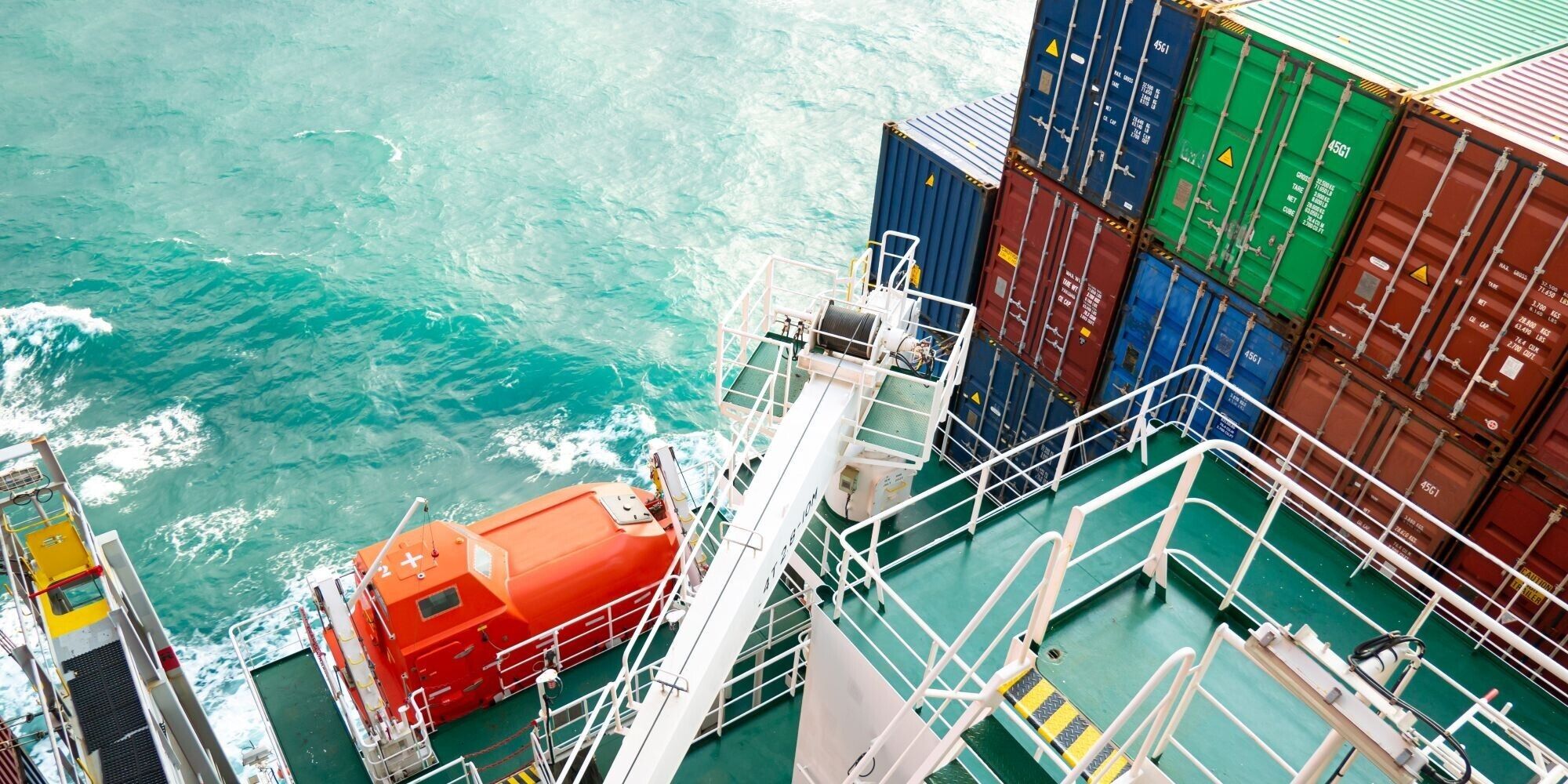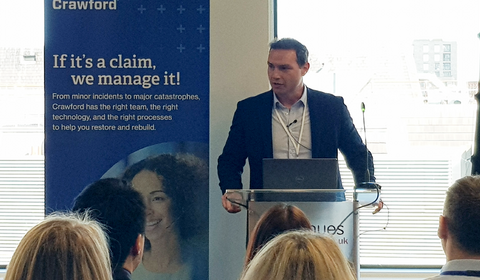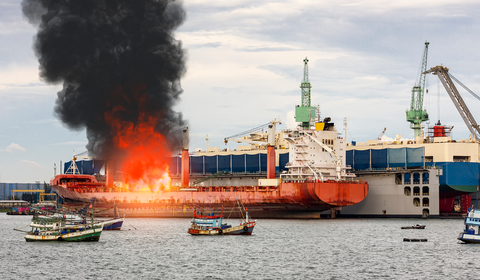Marine cargo surveys: A key to faster, fairer claims
When cargo is damaged or lost during transit, the claims process can quickly become complicated, especially without the right documentation or understanding of the factors involved. Without this information a claim is likely to be delayed, disputed or denied.
That is where an onsite marine cargo survey is critical. This specialised assessment provides detailed insight into the condition of the cargo, the cause of any damage, and the necessary evidence to support a successful insurance claim.
From wind turbines to supercars
Marine cargo comes in countless forms – wind turbines, stage props, laboratory equipment, even supercars. Each type has its own unique transportation requirements. At Crawford, our team of regionally based surveyors brings over a century of combined experience across an extraordinary range of cargo types. Backed by in-house claims and recovery specialists, we offer national reach with local insight.
Regardless of the type of goods, the principles of good surveying remain the same: identify the cause, assess the loss, and communicate the facts clearly. When done right, the cargo survey not only strengthens the insurance claim, but maintains trust between all parties.
Conducting a thorough inspection
A marine cargo survey is a professional inspection carried out to evaluate goods that have been compromised during shipping. Conducted by Crawford’s experienced surveyors, this process involves reviewing the cargo in person, collecting evidence such as photographs and documentation, and producing a formal report.
The survey typically begins with an initial inspection at the delivery point. Before signing for the goods, the receiver should inspect the shipment carefully, noting any visible damage or loss directly on the carrier’s documents. Photographs are taken to document the condition of the cargo and surrounding environment.
Once this initial step is complete, the surveyor will conduct a detailed assessment to determine what caused the damage, whether it was due to mishandling, poor packaging, moisture exposure, or other factors depending on the cargo type. They also evaluate the extent of the damage and compare it against shipping documents to verify details like quantity, description, and value.
Finally, a formal report is prepared, outlining the cause and scale of the damage. This report, along with supporting materials such as the bill of lading, commercial invoices, and packing lists, forms the backbone of the insurance claim.
Why physical, onsite surveys matter
Marine cargo surveys bring clarity to what can be a confusing and stressful claims experience. The survey report acts as a formal, expert-backed record that substantiates the insured’s loss, giving insurers confidence in the legitimacy of the claim.
When disputes arise, the survey provides an objective and professional account that helps resolve matters quickly and fairly. It also supports the insurer in determining liability between parties such as carriers, freight forwarders, or storage providers.
Beyond the immediate claim, surveys can also help prevent future losses. By identifying weaknesses in packaging, loading, or handling practices, they offer valuable insights that can lead to improved operational procedures and better cargo protection.
Although some assessments can be done remotely, an onsite cargo survey offers clear advantages. It allows the surveyor to assess not just the damage, but also how the goods were handled, stored, and secured. This context is often essential in revealing the full impact of an incident—particularly when superficial damage might have deeper operational implications.
Building trust during the claim
In-person surveys also help build trust with the claimant. Many insured parties are unfamiliar with the marine claims process, and a face-to-face meeting allows the surveyor to explain next steps, clarify documentation requirements, and answer any questions. This personal interaction can encourage cooperation and improve the speed and accuracy of information gathering.
Additionally, a physical inspection can identify opportunities for risk reduction. Surveyors may suggest practical improvements to packaging methods, loading procedures, or storage conditions that could reduce the likelihood of future damage or loss.
In the aftermath of a shipping incident, a cargo survey provides more than just documentation. It offers clarity, expertise, and context, giving claimants a structured way to present their case and helping insurers understand what happened, how, and why. Whether you're dealing with scientific equipment or a luxury yacht, Crawford’s onsite survey brings together to help support your claim journey.
From ex-seagoing mariners and engineers to cargo specialists, naval architects and experts in ocean, inland and motor truck cargo, Crawford provides tailored solutions for even the most complex cases. Visit our marine page to learn more about the global marine team which comprises over 230 experts with deep experience across a wide range of disciplines.



